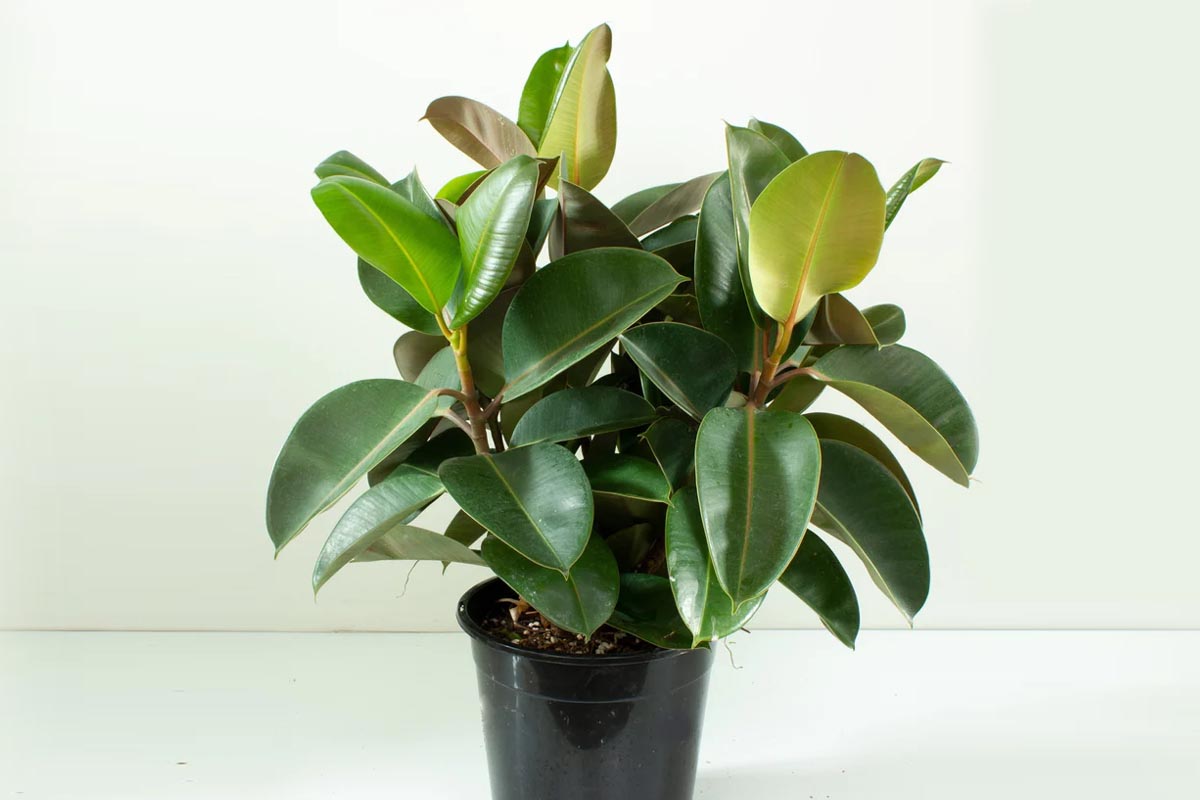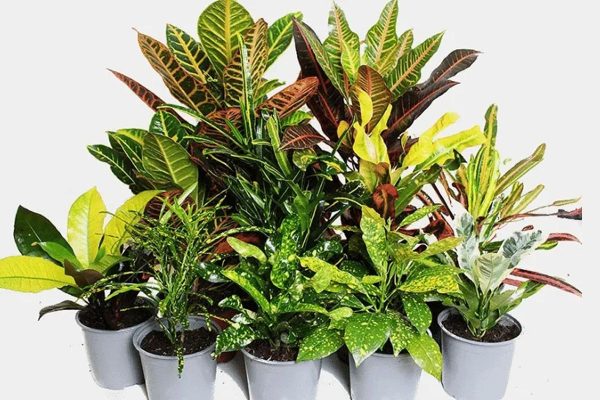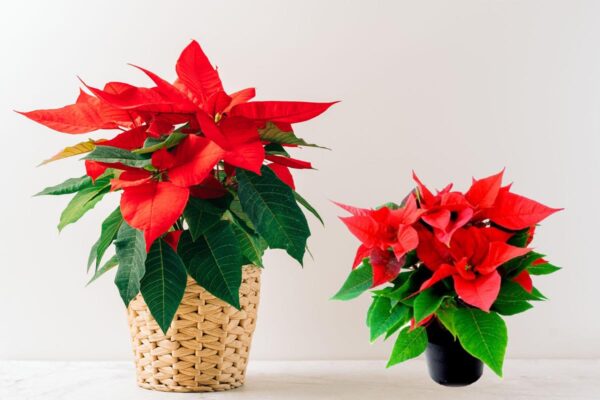Plants
Rubber Plant
Introduction / परिचय
The Rubber Plant (Ficus elastica) is a popular and resilient evergreen species known for its striking, glossy leaves and air-purifying qualities. Native to Southeast Asia, this versatile plant has become a staple in indoor gardening worldwide. With its upright growth habit and distinctive dark green foliage, the Rubber Plant adds a touch of elegance to any space. It thrives in bright, indirect light and adapts well to indoor conditions, making it an excellent choice for homes and offices. Easy to care for, the Rubber Plant is celebrated for its ability to enhance interior aesthetics while contributing to a healthier indoor environment.
| English Name: | Rubber Plant |
| Hindi Name: | रबर प्लांट (Rubber Plant) |
| Scientific Name: | Ficus elastica |
| Family: | Moraceae |
| Kingdom: | Plantae |
| Light : | Bright, Indirect Light |
| Height: | 6-10 feet tall Indoor |
| Flower Color : | Cream or Greenish |
| Leaves Color : | Dark Green |
| Eason Features : |
Also Read This : Green Guardians: Exploring the Best Plants Used for Hedges
When to Plant Rubber Plant
Rubber plants (Ficus elastica) are best planted during the spring or early summer when the plant is entering its active growing phase. In regions with mild climates, spring provides a favourable environment for the establishment. Choose a well-draining potting mix and a container with drainage holes for indoor planting.
Outdoors: select a location with indirect sunlight, as direct sunlight can scorch the leaves. Allow the soil to dry out slightly between watering, and maintain a consistent indoor temperature between 60-75°F (15-24°C). Regularly check for pests and diseases. Overall, planting during the warmer months and providing proper care encourages healthy growth.
Flowering time of Rubber Plant
Rubber plants (Ficus elastica) are primarily grown for their attractive foliage and are not known for prolific flowering indoors. However, it typically occurs in mature plants under optimal conditions if they do flower. In their native habitat, rubber plants produce small, inconspicuous flowers followed by fig-like fruit. Flowering indoors is rare, and many cultivated rubber plants do not flower. The focus is usually on maintaining their glossy, dark green leaves. To encourage potential flowering, provide bright indirect light, consistent care, and a mature age. Nevertheless, enthusiasts often appreciate rubber plants more for their ornamental leaves than flowers.
Also Read This : How to Growing Krishna Kamal, Lord Krishna’s Favorite Flower, at Home
Varieties / किस्मे
There are several varieties and cultivars of the Rubber Plant (Ficus elastica), each with unique characteristics. Some popular varieties include:
Ficus elastica 'Robusta'
Known for its larger and broader leaves compared to the standard Rubber Plant, 'Robusta' is a common cultivar.
Ficus elastica 'Burgundy'
This variety has dark burgundy or reddish-coloured leaves, adding a touch of rich colour to indoor spaces.
Ficus elastica 'Tineke'
'Tineke' features green and white variegated leaves, adding a striking and decorative element to the plant.
Ficus elastica 'Decora'
Similar to the standard Rubber Plant but with broader leaves, 'Decora' is a popular choice for indoor landscapes.
Ficus elastica 'Variegata'
This variety has creamy-white variegation on its leaves, creating an eye-catching contrast.
When choosing a variety, consider the specific aesthetic you desire for your indoor space, as each cultivar brings its charm to the overall appearance of the Rubber Plant.
Also Read This : Embracing the Beauty of Indoor Plants with Striking Red Leaves
Classification of Plants/ पौधों का वर्गीकरण
Poinsettias (Euphorbia pulcherrima) belong to the Euphorbiaceae family and are classified within the Euphorbia genus. They are characterized as deciduous shrubs, and their showy bracts, often mistaken for flowers, contribute to their ornamental appeal. Poinsettias are native to Mexico and Central America, thriving in tropical and subtropical climates. While the classic red variety is widely recognized, numerous cultivars showcase color, size, and form variations. These variations are achieved through selective breeding and hybridization. Poinsettias are further categorized based on their bract colours, patterns, and growth habits, offering a diverse array of options for both indoor and outdoor cultivation.
Also Read This : Growing Syngonium Plants at Home: A Simple Guide Using Cuttings and Seeds
History / इतिहास
The Rubber Plant (Ficus elastica) is native to Southeast Asia and is primarily found in India, Nepal, Bhutan, Burma, Malaysia, and Indonesia. It gained popularity as a houseplant in Victorian England during the 19th century and later spread globally due to its adaptability and ornamental qualities. The plant's latex was once used for rubber production, contributing to its name. Today, the Rubber Plant is widely cultivated as a decorative indoor plant, admired for its glossy, dark green leaves and air-purifying abilities. Its rich history as a functional and aesthetic plant has made it a favourite in homes and offices worldwide.
Also Read This : Right Direction to Keep Tulsi Plant in Your Home
Uses and Benefits / उपयोग एवं फायदे
The Rubber Plant (Ficus elastica) is an excellent indoor ornamental plant, appreciated for its glossy leaves and air-purifying qualities. Its adaptability to various light conditions makes it a versatile choice for homes and offices. Beyond aesthetics, the plant contributes to a healthier indoor environment by removing pollutants. Additionally, Rubber Plants are part of traditional medicine in some cultures and are believed to have various health benefits. Their resilience and ease of care make them suitable for novice and experienced plant enthusiasts. Overall, the Rubber Plant enhances interior spaces aesthetically while offering potential benefits for well-being.
Also Read This : Curry Leaves – Health Benefits and how to use them
How to Grow Plant / कैसे उगाएं
Here's an essential guide on how to grow a Rubber Plant:
Growing Plants from Cuttings:
Select a Healthy Cutting: Choose a healthy, disease-free stem cutting with at least a few nodes (points where leaves emerge).
Prepare the Cutting: Trim the cutting below a node using clean, sharp scissors or pruning shears.
Remove Lower Leaves: Remove the lower leaves to expose a node or two. This is where roots will develop.
Rooting Hormone (Optional): Dip the cut end in rooting hormone (optional but can promote root development).
Plant in Growing Medium: Plant the cutting in a well-draining potting mix, ensuring the node is buried.
Provide Adequate Moisture: Keep the soil moist, covering the cutting with a plastic bag or dome to maintain humidity.
Wait for Rooting: Roots will develop over several weeks. Once established, transplant the cutting into a larger pot.
Growing Plants from Seeds:
Seed Selection: Choose fresh, viable seeds from a reliable source.
Soak Seeds (Optional): Some seeds benefit from soaking in water overnight to soften the seed coat.
Sow in Seed Trays or Pots: Plant seeds in a well-draining seed-starting mix, following the recommended depth on the seed packet.
Provide Warmth and Light: Place the trays or pots in a warm location and provide adequate light. A seed heat mat can promote germination.
Maintain Moisture: Keep the soil consistently moist but not soggy.
Transplant Seedlings: Once seedlings have developed a few true leaves, transplant them into larger containers or the garden.
Harden Off (Outdoor Transplants): Gradually acclimate seedlings to outdoor conditions before transplanting them into the garden.
Whether growing from cuttings or seeds, attention to moisture, light, and soil quality is crucial for successful propagation.
Also Read This : Blooming Brilliance : 5 Ingenious Ways to Use Banana Peels in Your Garden
How to Take Care/ देखभाल कैसे करे
Also Read This : Tips For Curry Plant Growth: Secrets to Rapid Curry Plant Growth
Interesting Facts / रोचक तथ्य
The Rubber Plant (Ficus elastica) has fascinating aspects beyond its ornamental appeal. Originating from Southeast Asia, it was initially cultivated for latex production. Its latex was once considered a potential source for rubber, hence the name. While it's not a significant rubber source, it remains a popular indoor plant for its air-purifying qualities. In their native habitat, Rubber Plants can grow into massive trees. They belong to the fig family (Moraceae) and produce small, inconspicuous flowers. The plant has cultural significance in some traditions and is believed to bring good luck and positive energy to homes.
Also Read This : Lots of Roses will Bloom. Use these in the Roots
Also Read This : Rubber Plants: A Beginner’s Guide to Growing and Maintaining Them




